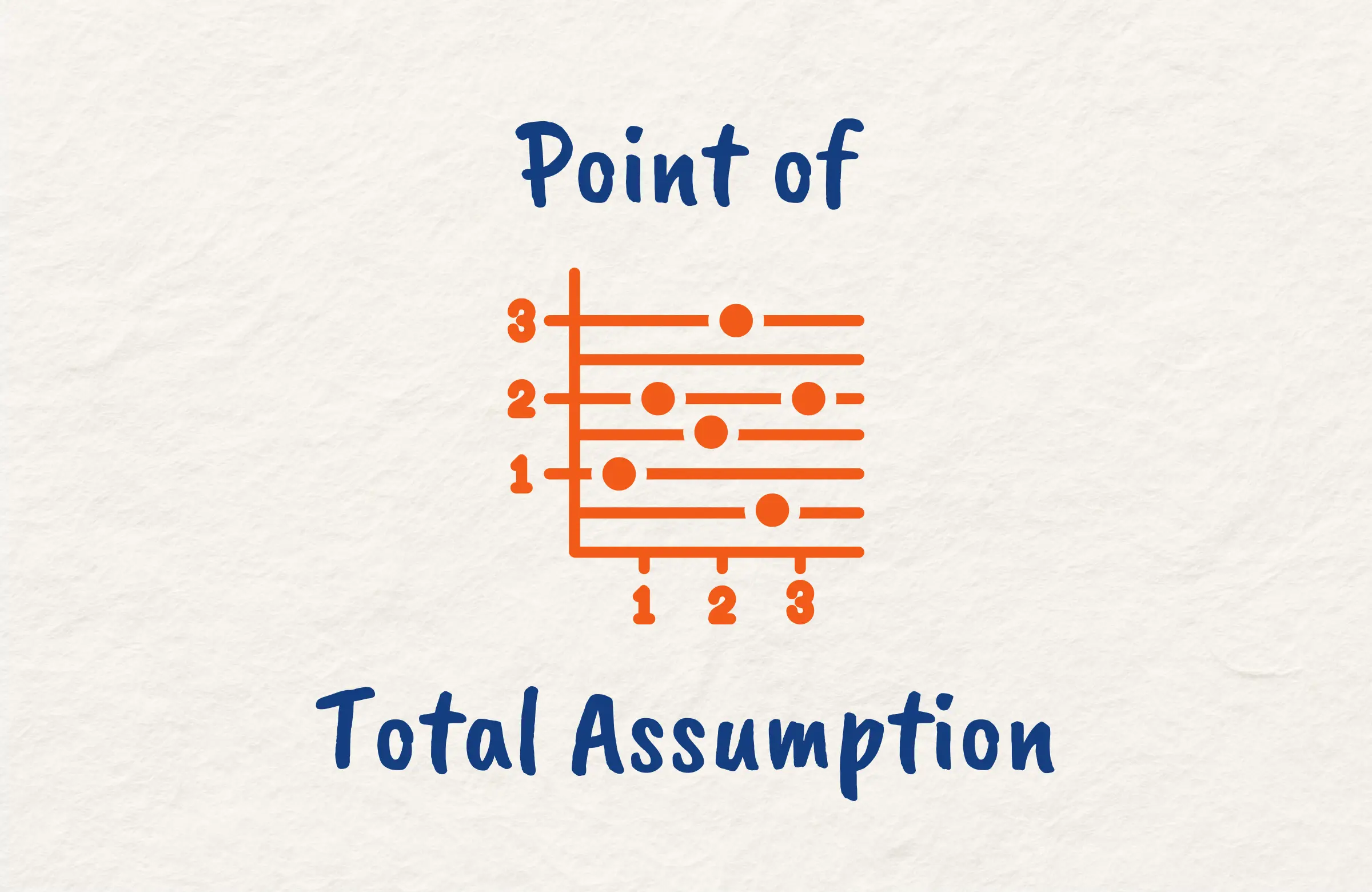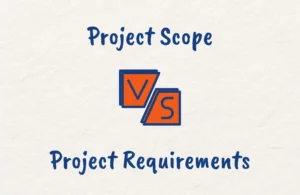When working with fixed-price incentive fee (FPIF) contracts in project management, an understanding of the concept of point of total assumption (PTA) is key.
When managing a project using FPIF contracts for procurement, calculating the PTA helps you determine the point at which the seller assumes all responsibility for cost overruns.
In this article, we’ll explain FPIF contracts, what point of total assumption in project management entails, go through the PTA formula, provide a PTA calculation example, and share some PMP exam tips on this topic for candidates.
Understanding Fixed-Price Incentive Fee (FPIF) Contracts in Project Management
When managing projects, you may encounter fixed-price incentive fee (FPIF) contracts in project procurement and you need to understand some key terms to help you effectively manage these contracts.
FPIF contracts provide financial motivation for the seller to meet or exceed expected performance standards. For example, a seller may receive early delivery incentives in an FPIF contract.
An FPIF contract specifies a target cost, target profit, target price, ceiling price, and one or more share ratios.
The target cost represents the seller’s estimated budget to complete the work. The target price equals the target cost plus the seller’s target profit. If the final cost is below the target price, the buyer and seller split the savings per the profit-sharing agreement.
However, if the final cost exceeds the target price, the buyer and seller split the overrun per the cost-sharing agreement, up to the ceiling price.
The ceiling price is the maximum the buyer will pay regardless of overruns and typically equals the target price plus a percentage. The ceiling price can change for approved scope changes, but not for overruns within the original scope.
What is the Point of Total Assumption in Project Management?
The point of total assumption (PTA) is a key concept in FPIF contracts that represents the cost point at which the seller assumes complete responsibility for any additional cost overruns.
When the actual cost exceeds the target cost but remains below the PTA, the buyer and seller share overrun costs per the agreed-upon share ratio. For example, with an 80/20 share ratio, the seller covers 20% of any overrun up to the PTA.
However, once the actual cost exceeds the PTA, the seller bears 100% of any further cost overrun. At and beyond the PTA, each additional dollar the seller spends comes out of their planned profit. The PTA incentivizes sellers to control costs and protects buyers from excessive overruns.
Point Of Total Assumption Formula
The point of total assumption (PTA) calculation requires four key values from the fixed-price incentive fee (FPIF) contract:
- Ceiling price
- Target price
- Buyer’s share ratio
- Target cost
The PTA formula is:
PTA = [(Ceiling Price – Target Price) / Buyer’s Share Ratio] + Target Cost
How to Calculate Point of Total Assumption in Project Management
To calculate the point of total assumption (PTA) for a project using a fixed-price incentive fee (FPIF) contract, follow these key steps:
1. Extract the relevant FPIF contract terms:
- Target cost
- Target profit
- Target price (target cost + target profit)
- Ceiling price
- Share ratio (buyer’s share and seller’s share)
2. Calculate the PTA using the formula:
- PTA = [(Ceiling Price – Target Price) / Buyer’s Share Ratio] + Target Cost
3. Walk through the calculation one step at a time:
- First, subtract the target price from the ceiling price.
- Next, divide that value by the buyer’s share ratio (e.g. 80% buyer means 0.8).
- Then, add the target cost.
4. Validate the PTA calculation with the seller.
5. Update the project plan and cost management plan with the PTA value.
Monitor costs during project execution and compare to the PTA to see which party bears responsibility for any overruns.
Following these steps will allow you to accurately determine the PTA and integrate it into your overall FPIF contract management approach which is key for controlling costs and managing seller relationships on projects using incentive-based contracts.
Point of Total Assumption Example
Let’s walk through an example to illustrate calculating the point of total assumption (PTA) in a project management scenario.
Suppose you are managing a project with the following fixed-price incentive fee (FPIF) contract terms:
- Target cost: $100,000
- Target profit: $20,000
- Target price: $120,000 (target cost + target profit)
- Ceiling price: $150,000
- Share ratio: 80/20 (80% buyer, 20% seller)
With these FPIF contract values, follow the PTA calculation:
1. Ceiling price – Target price
• $150,000 – $120,000 = $30,000
2. Divide the result by the buyer’s share ratio
• $30,000 / 0.80 = $37,500
• 0.80 used since the buyer’s share is 80%
3. Add the target cost
• $37,500 + $100,000 = $137,500
Therefore, the PTA for this FPIF contract is $137,500.
At costs between $120,000 (target price) and $137,500 (PTA), the seller covers 20% of any overruns under the 80/20 share ratio. However, at $137,501 and beyond, the seller covers 100% of any additional overruns.
Walking through this example demonstrates how to calculate the PTA using the key FPIF contract terms to effectively manage the project budget and relationship with the seller.
Point Of Total Assumption PMP Exam Tips
Though no longer explicitly covered, you may still get questions on the PMP exam related to fixed-price incentive fee (FPIF) contracts and the point of total assumption (PTA).
When taking the exam, remember these tips:
- The PTA only applies to FPIF contracts and represents the seller’s cost assumption point for overruns.
- Know the key FPIF terms like target cost, target price, ceiling price, and share ratio.
- Be familiar with the PTA formula:
PTA = [(Ceiling Price – Target Price) / Buyer’s Share Ratio] + Target Cost - Recognize how to calculate the PTA using sample FPIF contract data.
- Understand the cost impacts at, below, and beyond the PTA based on the share ratio.
- Review PMP practice questions on FPIF contracts and PTA to test your knowledge.
With this overview of the PTA and FPIF contracts, you can confidently answer related questions on the exam.
Conclusion
Understanding fixed-price incentive fee (FPIF) contracts is key for project managers. Within these contract types, calculating the point of total assumption (PTA) helps determine when the seller bears full responsibility for any additional cost overruns.
By comprehending FPIF components like the target price, ceiling price, and share ratios, you can accurately derive the PTA using the formula to leverage in managing project costs and seller relationships.
FAQs
Which Type of Contract Has a Point of Total Assumption?
The point of total assumption (PTA) is a concept that applies only to fixed-price incentive fee (FPIF) contracts in project management. The PTA represents the cost point at which the seller assumes all responsibility for any additional cost overruns in an FPIF contract.
What is the Point of Total Assumption Clause?
The point of total assumption (PTA) clause in a fixed-price incentive fee (FPIF) contract defines the cost point above which the seller bears 100% of any additional cost overruns. The PTA clause incentivizes the seller to control costs while protecting the buyer from excessive overruns.





